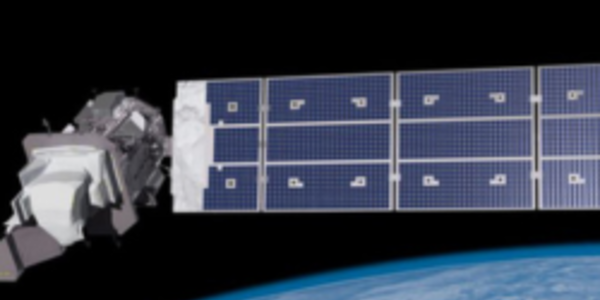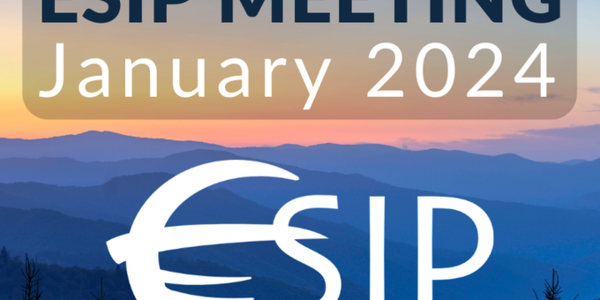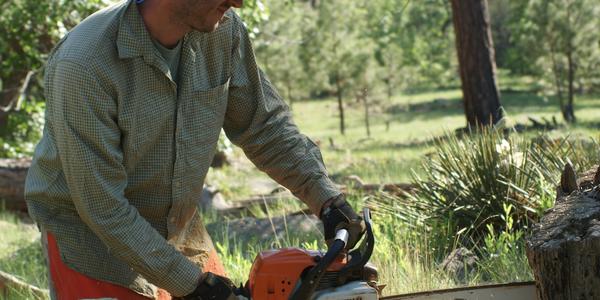Young scientists support Illinois drought monitoring

NCEI continues its seven-year partnership with the NASA DEVELOP Program working with early-career scientists and university students. This nationwide program utilizes NASA Earth observations to address diverse environmental issues impacting communities. At the DEVELOP NCEI location, participants work on projects that focus primarily on climate applications and incorporate NCEI climate data.
This summer, the NASA DEVELOP NCEI team is evaluating the suitability of remotely sensed and modeled soil moisture datasets to support effective drought monitoring in Illinois. In 2012, a quickly-developing drought struck Illinois and led to $3.5 billion in crop insurance payouts, which highlighted the need for additional drought monitoring and preparedness in the region. Being able to assess, communicate, and prepare people for drought in Illinois requires effective soil moisture assessments, which the NASA DEVELOP team seeks to enhance.
Using soil moisture anomalies and percentiles derived from NASA’s Soil Moisture Active Passive (SMAP) satellite and modeled soil moisture outputs from NASA’s Short-term Prediction and Transition Center – Land Information System (SPoRT-LIS) and NASA’s North American Land Data Assimilation System (NLDAS-2), the team will assess soil moisture variability across datasets and their ability to depict drought relative to in situ measurements. The team has partnered with the Illinois State Water Survey, the USDA Midwest Climate Hub, the NOAA Regional Climate Services of the Central Region, the National Integrated Drought Information System, and the North Central River Forecast Center. The comparative analysis will enhance project partners' drought monitoring practices to more accurately identify and prepare regions approaching drought conditions.
Team Members
Joshua Green is a graduate of the University of British Columbia with a Bachelor of Science in Geographical Sciences and a minor in Geographic Information Science and Geographical Computation. This term will be his second time participating in the NASA DEVELOP Program, and he is looking forward to taking on the role of Project Lead. Green has worked with a wide range of organizations including Transport Canada; the British Columbia Environmental Assessment Office; the British Columbia Ministry of Forests, Lands, Natural Resource Operations; and the NASA Goddard Space Flight Center’s Hydrology Department in projects ranging from geomorphology research using LiDAR imagery to using remote sensing techniques for analyzing landslide risks in Macedonia. Upon the completion of this summer term, Green is looking for PhD opportunities in applied Earth science that address critical environmental challenges with societal benefit.
Julia Marturano is a graduate of Arizona State University with a Bachelor of Science in Geography and certificates in Atmospheric Sciences and Geographic Information Science (GIS). Marturano’s undergraduate research focused on heat’s relationship with the built environment, shade and thermal comfort, and weather forecast perceptions. Marturano first participated in NASA DEVELOP through the Arizona node in the summer of 2020 and participated in a project quantifying the solar energy potential of rooftops. Martunrano plans to attend the University of Miami in the fall to study climate’s impact on human health.
Emma Myrick is a graduate of Appalachian State University with two baccalaureate degrees in Geology and Sustainable Development. During Myrick’s studies, she completed an undergraduate honors thesis in which she researched the role of eolian sediments in the preservation of cultural horizons on the Coastal Plain of North Carolina. Myrick conducted multi-scale analyses ranging from microtexture soil analysis using the Scanning Electron Microscope to creating surface elevation models using LiDAR data. Since graduating, Myrick has worked with Seramur & Associates, P.C., an environmental consulting firm, engaging in field work, analyzing data, and preparing environmental reports. Her passion for Earth science research with societal implications has driven her interest in the NASA DEVELOP Program.
Kyle Pecsok is a graduate of Clark University, where he earned a Master of Science in Geographic Information Science (GIS) and a Bachelor of Art in Geography with a minor in Sociology. As an undergraduate and graduate student, Pecsok has been interested in utilizing both the social and environmental applications of GIS. His undergraduate thesis used GIS to analyze whether areas more prone to flooding and populations vulnerable to environmental hazards, had greater exposure risks to the impacts of sea-level rise. Pecsok has participated in several other research projects that focused on the relationship between the environment and communities, which stemmed his interest in NASA DEVELOP.
Victor Schultz joins the NCEI node having completed his second year working with the Van Meter Ecohydrology lab at the University of Illinois at Chicago (UIC). In his research, Schultz uses methods such as GIS, modeling, and machine learning to explore groundwater contamination in the Midwest. Before studying at UIC, he worked for a technology company in Chicago and graduated from Knox College with a Bachelor of Art in Environmental Studies and Political Science. Schultz aims to draw upon these experiences in social science, natural science, and technology to provide valuable deliverables for the NASA DEVELOP partners.








